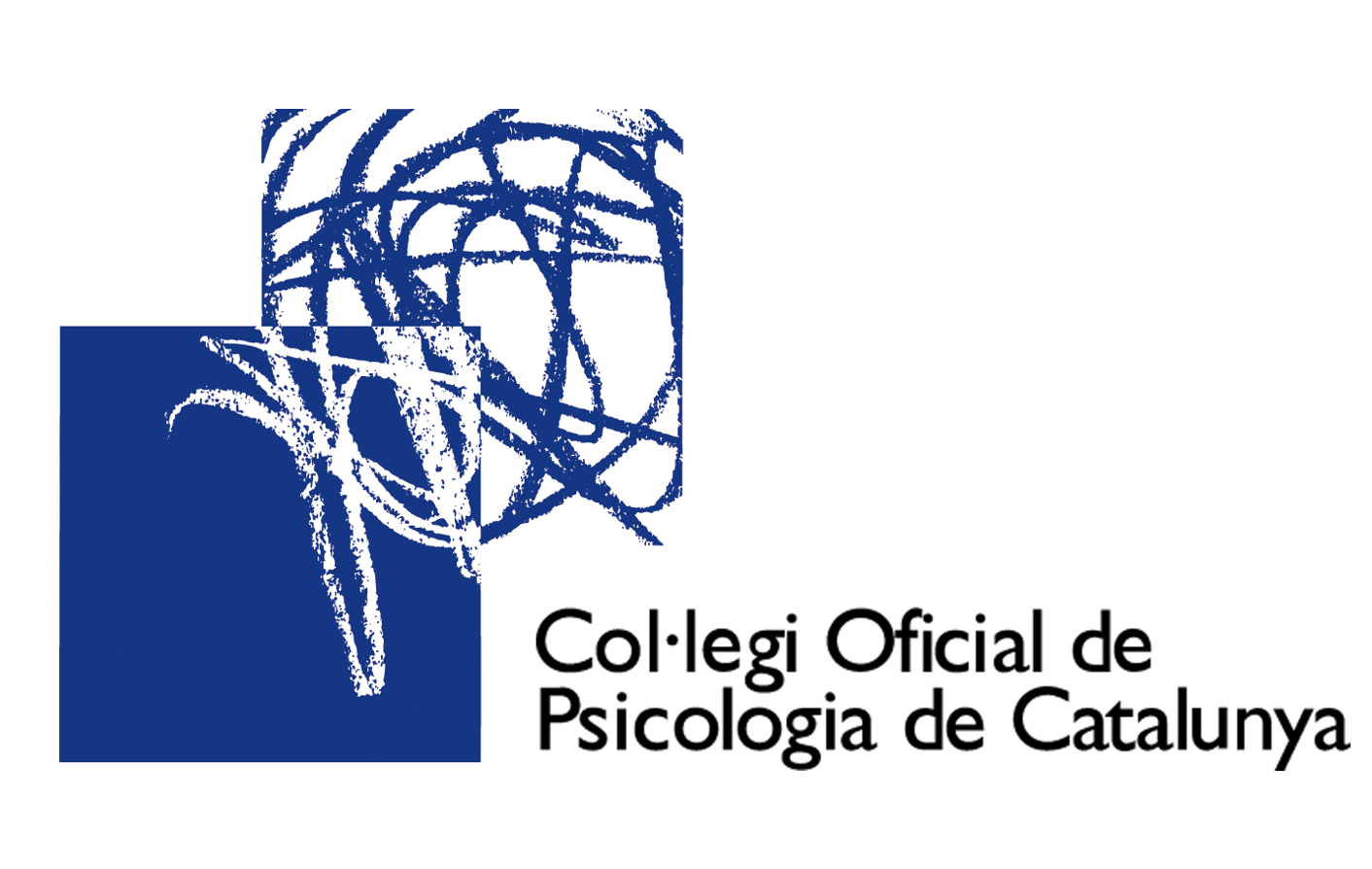Meaning and narrative change through corporal game: What is played in the ‘house building game’ in psychomotricity?
DOI:
https://doi.org/10.33898/rdp.v30i114.324Keywords:
psychomotor, narrative therapy, symbolic play, the houseAbstract
We present both the educational and therapeutic possibilities of an ever popular game played in the psychomotricity room, the ‘house building game’. We will show this in both its aspects: as a game of construction and as a symbolic game. We show why it is important to allow the ‘house building game’ to be played either in a spontaneous manner or in a pre-planned and narrative-focused way during sessions in the psychomotricity room. We explain the repercussions in various dimensions of the person, both at a cognitive level, with the development of the executive functions and the process of symbolizations, as well as the emotional and relational dimension, especially when the ‘building game’ is utilized as a symbolic role-playing game. In this case the tonic-emotional resonances link the ‘building game’ to the family-home and the dynamic fusion-identity. The article shows ways to observe and value the emotional repercussions, as well as the methodology and strategies which make the development easier. We suggest a classification of the type of houses that are built as well as a narrative typology according to the ‘building game’. Finally, we emphases the importance of houses in classic story tales and how houses can be used in everyday life, using motrocity to work deep emotional aspects.









